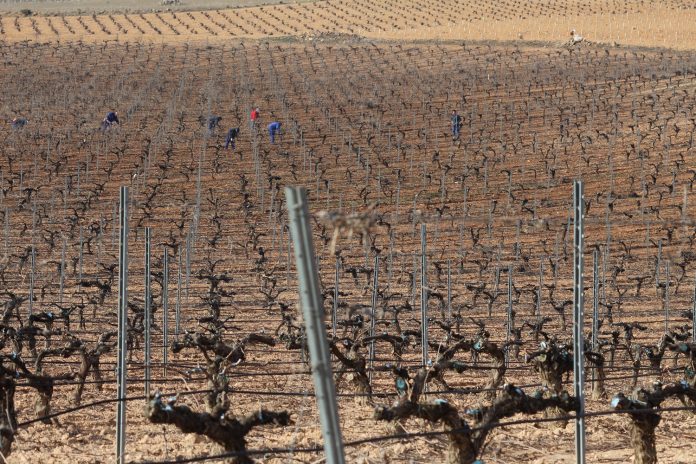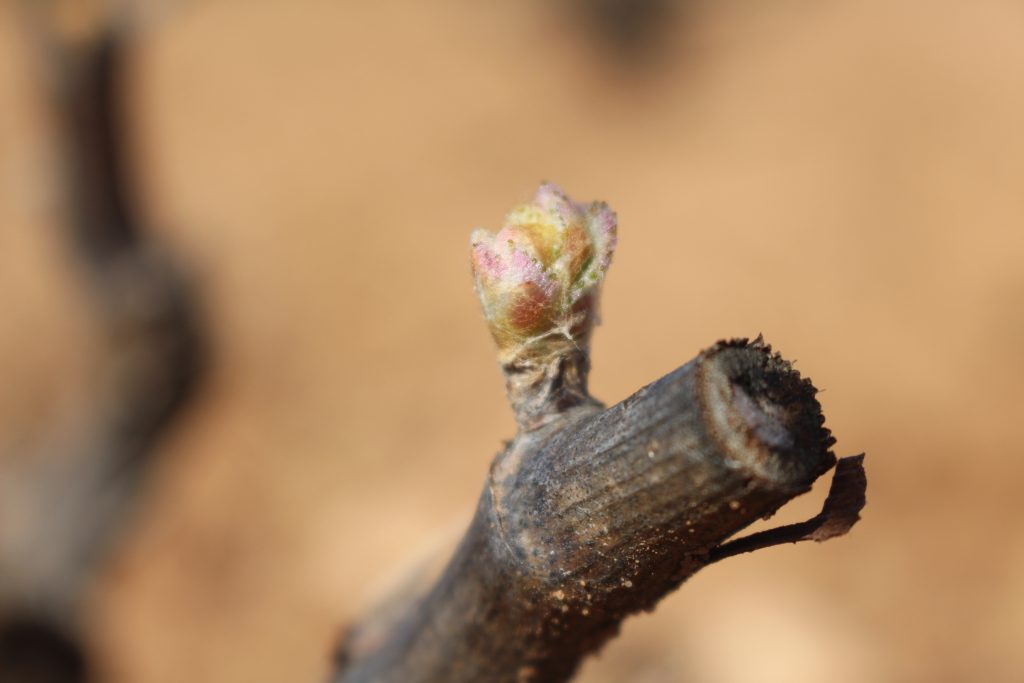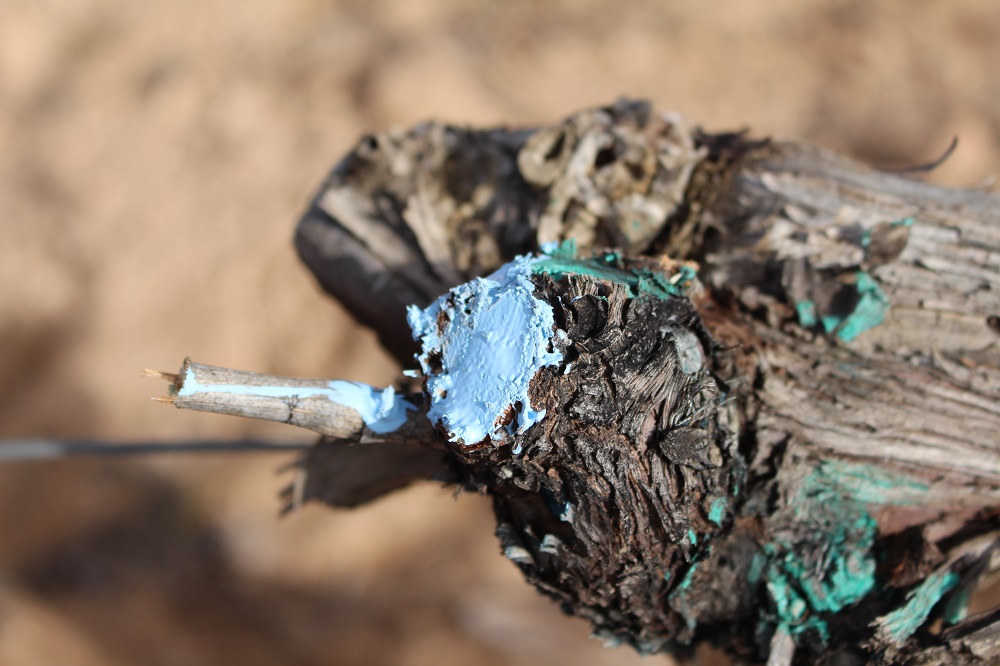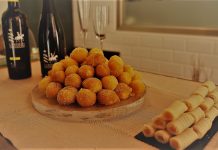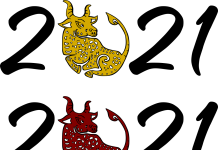Although nature can be observed and analysed with scientific methods and criteria, its exact behaviour in plants (luckily for wine growers) can’t be predicted with mathematical precision. As a living thing, the vine is subject to external forces, so both harvesting and fruit quality frequently depend on weather and other environmental conditions. The way the vine behaves is also determined by local conditions in the place where it happens to be growing.
With the approach of Spring and milder mornings, the buds start to burst with life. The vine shoots, which have survived the harshness of winter by remaining tightly shut, are now full of awakening sap. In late April, at dawn, the Spring promise of the next vintage is an exciting sight. Technicians, experts and especially farmers all sharpen their senses because now the countdown begins to the culmination of the vine life cycle. They glance anxiously at the sky, whilst keeping a close eye on the first green shoots of life.
Nature responds when she is treated well, and the vine is no exception. The life that bursts out in the months of April and May is a response to the pruning carried out before winter sets in. This hard but essential task is a reflection of the harshest winter months. Each region, each winery and even each parcel of land does it at different times and in different ways.
Some prefer to prune in the Autumn, when the vine has only just lost its leaves, somewhere around November. Others wait as long as they can, almost until Spring, stepping up the work in late February and March. For example, on estates such as Finca Antigua, where we went out with a group of workers to watch pruning in a vineyard of Tempranillo in espalier. For Rosa Martín, Head of Marketing at the winery, pruning is like a draft or sketch for the next harvest, providing an estimate of production. “Sampling is done depending on the parcel; for example, in this one with Tempranillo, known as Tempranillo Las Escalerillas, we’ve tried to concentrate the quality into just one or two renewal spurs.”
It is also important to prevent diseases such as Esca taking hold, caused by a fungal infection in the cut over the leaf shoot. As Rosa Martín explains, a healing substance is applied to the cut surface to protect it against disease and any late frosts. “I call it the ‘make it better’ stuff” she jokes.
Apart from varieties and seasonal variations, everyone agrees on the importance of pruning: “pruning is vital for ensuring the quality of the next harvest. It’s not the same when you’ve had a dry, difficult winter because you have to try not to drown the vine if you’re expecting hardly any rainfall in the Spring and Summer”.
This is the view of Fernando Villarreal, born in Quero and winner of the 4th Pruning Competition held in Miguel Esteban, in the Toledo region of La Mancha, on 4 March. The quirks of the weather also meant that this year’s event was held in somewhat heroic conditions, as the first weekend of March surprised everyone with an unexpected snowfall. Far from being put off, the organisation decided to go ahead with the competition and more than one entrant showed off their skills while struggling with icy gusts of wind, heavy snow and the thick muddy clay covering the vineyards. They put their backs into the job armed only with pruning shears and axes, showing off their skills, their determination and their obvious passion.








